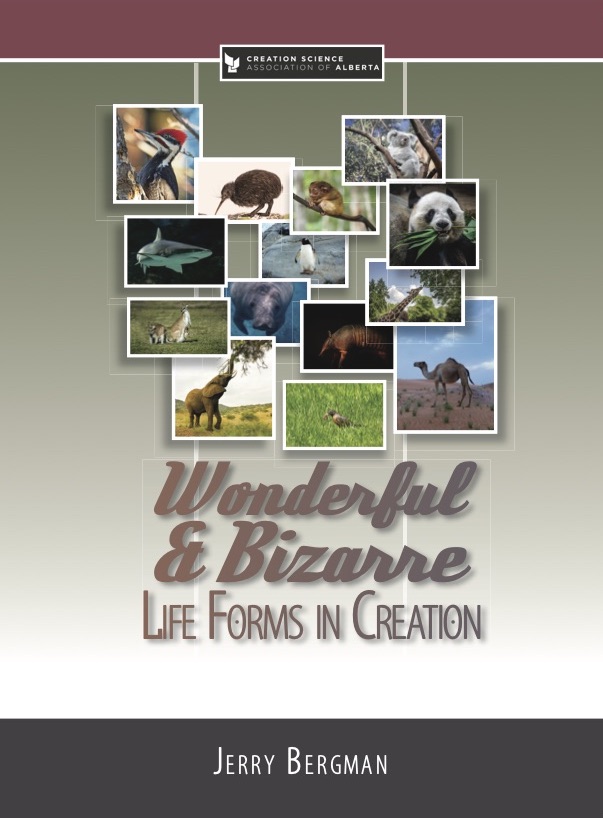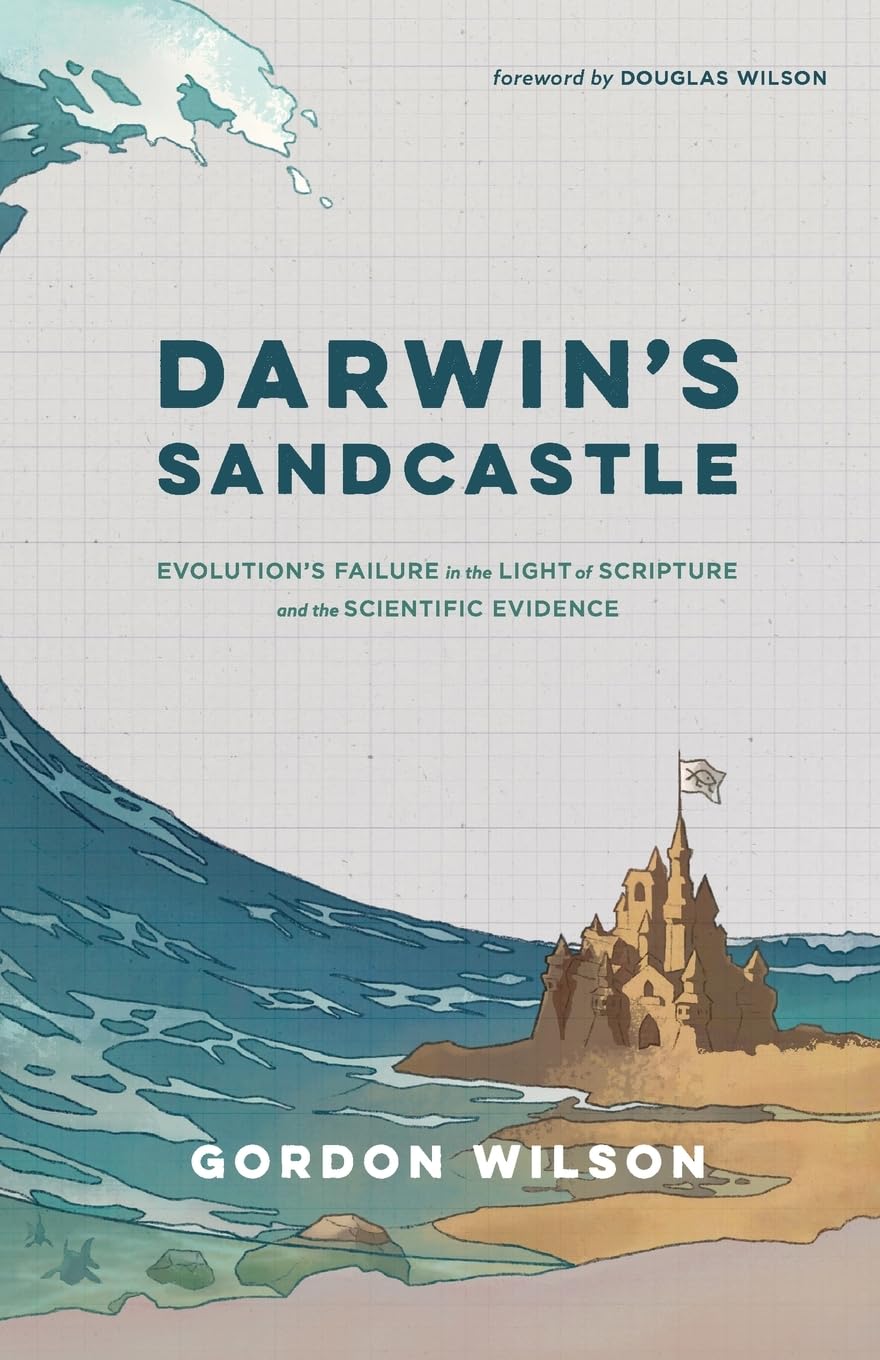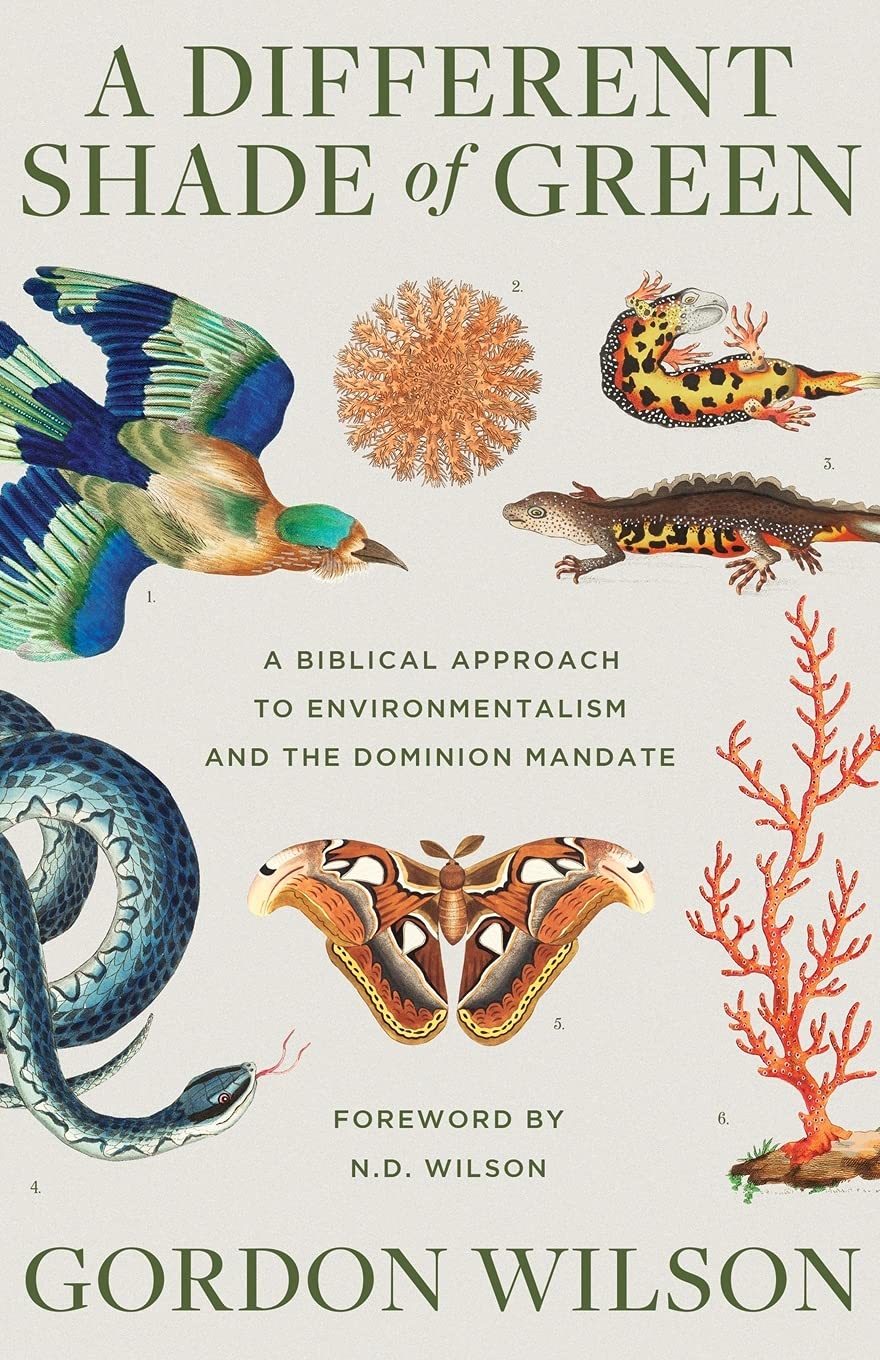Perhaps one of the most famous books in the western world is Darwin’s Origin of Species, published in 1859. Most people with an interest in science, will remember that 2009, the one hundred fiftieth anniversary of the publication of this book, was marked by celebrations which were frequent and fervent. It seems fair to ask therefore precisely why this book merits such attention.
The celebrations surrounding the one hundredth anniversary in 1959, perhaps will help us to put this document in perspective. In Canada, two eminent biologists provided insights on the issue. Walter Palmer Thompson (1889-1970) was a plant geneticist, third president of the University of Saskatchewan and founder of the biology department there and Fellow of the Royal Society of Canada. In 1959 he participated in a symposium sponsored by the Royal Society of Canada. These proceedings were published in a volume entitled Evolution: Its Science and Doctrine (1960, University of Toronto Press).
This biologist began his lecture by remarking that Darwin’s contribution to an understanding of the cause and method of evolution was his theory of natural selection. In essence, Darwin pointed to the variation typically observable within any given population of organisms. He then suggested that when there are limited resources to support a population (for example food, or space), then those individuals with better characteristics will be more successful at mating and raising healthy offspring. As this process continues over many generations, the population will accumulate more and more favourable characteristics and so gradually change over time.
Walter Thompson next observed that unfortunately Darwin had no satisfactory explanation for the source of these variations. Thus Dr. Thompson declares: “The state of biology in Darwin’s time not only made a complete analysis impossible but also led him into certain errors in the application of his central idea.” (p. 91) These errors included the idea that the characteristics of the offspring were an organic blend of the characteristics of the parents (which would have led to a loss of information over time). Also Darwin believed that environmental conditions caused changes in organisms (acquired characteristics) which could be passed on to the offspring and this is not so either. For example, an individual may have cosmetic surgery. However that new more beautiful person does not pass on the beauty to the next generation.
Despite these deficits in Darwin’s book, Walter Thompson discussed a prominent upgrade of Darwin’s views (neo-Darwinian synthesis) and he ended his lecture on a positive note.
The other biologist, also a Thompson, was William R. Thompson (1887-1972), Fellow of the Royal Society (Britain). He was an entomologist and onetime director of the Commonwealth Institute of Biological control, based in Ottawa. He wrote a 14 page introduction to the Everyman’s Library 1958 edition of the Origin of Species, published by J. M. Dent & sons. This centennial edition was a follow up to the 1928 edition of the Origin of Species which featured a very positive endorsement of Darwin by anthropologist Sir Arthur Keith. Both Canadian Thompsons were critical of Darwin’s book, but the entomologist was more so.
In the case of the second Dr. Thompson, it is amazing that a secular publisher was interested in publishing his remarks since he began his commentary on Origin of Species thus: “I am not satisfied that Darwin proved his point or that his influence in scientific and public thinking has been beneficial.” (p. vii) He defined Darwin’s position as “gradual transformations leading from a simple primitive organism to the highest forms of life, without the intervention of any directive agency or force.” (ix) Darwin’s idea thus did not simply deal with nature but also with the religiously related idea that no supernatural input was required for the creation.
William Thompson then declared concerning Darwin “Since he had at the time Origin was published no body of experimental evidence to support his theory, he fell back on speculative arguments… Personal convictions, simple possibilities are presented as if they were proofs.” (xi) Dr. Thompson further pointed out that “Darwin did not show in the Origin that species had originated by natural selection, he merely showed, on the basis of certain facts and assumptions, how this might have happened, and as he had convinced himself he was able to convince others.” (xii)
This commentator was equally blunt in his critique of Darwin’s supporting arguments for the action of natural selection. Later, on the issue of the contribution of Darwin’s ideas to research, he pointed out that Darwin’s views actually served to hinder important research rather than to encourage it. In 1865 the Austrian monk Gregor Mendel published the results of his experiments on the genetics of garden peas. This work was ignored until 1900 because most scientists preferred to focus on Darwin’s incorrect views instead. Thus Dr. Thompson declared “Really fruitful researches on heredity did not begin until the rediscovery in 1900 of the fundamental work of Mendel, published in 1865 and owing nothing to the work of Darwin.” (xx)
Once geneticists began to breed organisms such as the famous fruitfly Drosophila melanogaster, a consensus on suitable changes to Darwin’s ideas gradually emerged. By the 1940s, the new view, called the neo-Darwinian synthesis, had emerged which blended ideas about population genetics with Darwin’s idea of gradual change. This idea involved random genetic mutations, acted upon by natural selection. By 1959 most biologists felt confident that the cause and process of evolution had been well accounted for. Then things began to fall apart.
It was in 1972 that Niles Eldredge and Stephen Jay Gould (1941-2002) declared in print that neo-Darwinism was an inadequate explanation for the pattern of fossil occurrences in the rocks. They declared that there must have been long periods of no change within populations followed by sudden brief spurts of change. They called this “punctuated equilibria.” Many traditionalist evolutionists felt that Gould was providing ammunition for creationists and doing nothing to promote their science.
During the 1970s the neutral theory of molecular evolution began to be promoted by Motoo Kimura (1924-1994). He maintained that at the molecular level there was too much variation found within any population. Thus he declared in an article in Scientific American in 1979: “the picture of evolutionary change that actually emerged from molecular studies seemed to me, however, to be quite incompatible with the expectations of neo-Darwinians.” (November p. 99).
Soon other competing interpretations appeared. Canadian mathematician Brian Goodwin (1931-2009) wrote How the Leopard Changed its Spots: The Evolution of Complexity (Scribner 1994), and in it Dr. Goodwin declared that Darwinism fails to explain the origin of species. He, like a number of other well known scientists like Stuart Kauffman, was a “structuralist.” It was his position that complex structures such as organisms and even component parts of organisms, develop through a chaotic interaction of physical, mechanical and chemical processes. This self organization is not determined by natural selection. Many other people however are skeptical that chaotic processes could bring about such precisely organized living creatures. The point however is that Goodwin and friends found the neo-Darwinian synthesis to be inadequate.
Another biologist, British Simon Conway Morris, declared that the number of designs of creature, or evolutionary end-points, is limited (by what, one wonders) and what is possible has usually been arrived at many times. (see Life’s Solution.p. xii-xiii) This process, called convergence, or the appearance of similar features through entirely separate lines of descent, is basically a rejection of Darwin’s idea of descent with modification as the result of natural selection.
It is evident that Darwin’s claim to fame was to promote an idea for origins which did not require any supernatural intervention. Some of his arguments were wrong and all were weak and unsupported by evidence. This did not prevent the rapid acceptance of his basic idea. Today Darwin continues to be venerated, not because of any scientific details which he promoted, but because of his philosophical position, which was that natural processes are all that we need to explain and understand how all the wonderful designs of living creatures came to be. Thus Darwin’s claim to fame rests not on the quality of his arguments, but on his advocating an idea that the secular world wanted to support anyway.
Margaret Helder
September 2011
Subscribe to Dialogue







